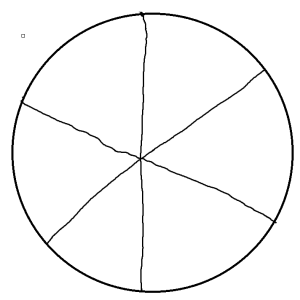3 Chemical Control of Microbial Growth and Environmental Microbes
Emilie Miller, Ph.D
The use of chemicals to control microbial growth dates back at least as far as the 1800’s. Tincture of iodine was used as antiseptic during the Civil War, and Joseph Lister established the practice of aseptic surgery using a disinfectant known as carbolic acid (phenol) in the 1860’s. Since that time, many types of disinfectants (agents that are used to eliminate or kill vegetative cells on surfaces) and antiseptics (agents that are used to eliminate or reduce vegetative cells on living tissue) have been used. Although disinfectants and antiseptics may be effective at killing vegetative cells, they do not usually achieve sterilization.
Various factors need to be considered when choosing a disinfectant or antiseptic. It is very important to know which microbes are present to determine what type of disinfectant would work best. It is also important to realize that the effectiveness of a particular disinfectant may be affected by pH, temperature, concentration, and exposure time. Ideal disinfectants should be effective against the particular contaminants present, usable at a low concentration, require a relatively short exposure time, and have a long shelf life. It should also be water soluble, non-toxic to humans and animals, and cost-effective.
Method:
- Divide your agar plate into 6 sections with a marker as shown.
- Label the sections as follows; control, 1, 2, 3, 4, 5. Also include your name.
 Dip a cotton swab in water and swab the back of your hand then swab the “control” part of the agar in a zig-zag pattern. Discard swab.
Dip a cotton swab in water and swab the back of your hand then swab the “control” part of the agar in a zig-zag pattern. Discard swab.- Pick 5 different chemicals or methods for your experiment.
- One at time, clean a small portion of the back or your hand with a chemical using a cotton swab. Sample the cleaned area with a fresh swab dipped in water and apply it to the corresponding region of the plate. Repeat with 4 different chemicals on 4 different parts of your hand. Consider drawing a grid on your hand to insure parts do not overlap.
- Place in incubator. Bacterial growth will be observed next lab period.
As a class, we will brainstorm different places we will collect environmental samples of microbes. Each student will be given a contact agar plate that can be directly applied to a surface then incubated for observation at the next lab session.

